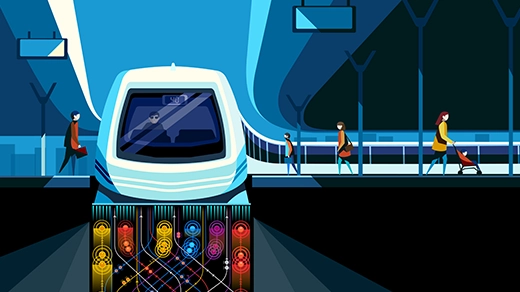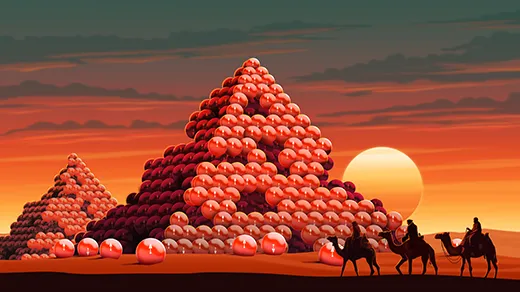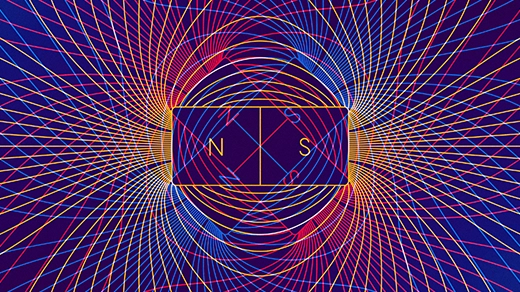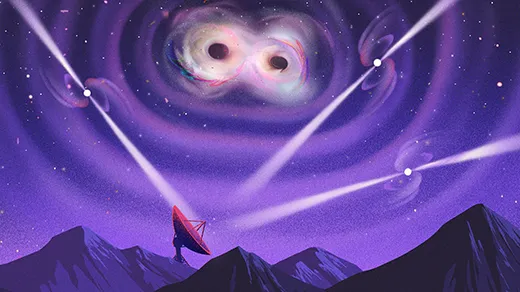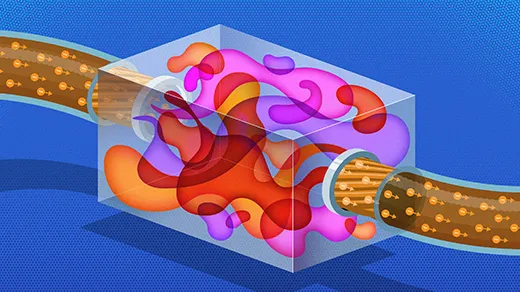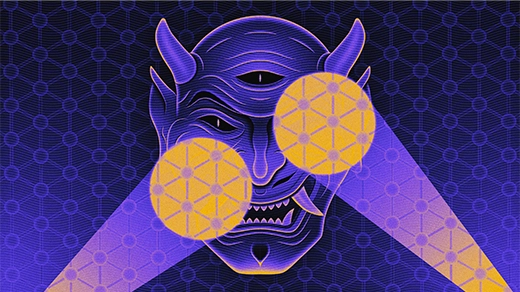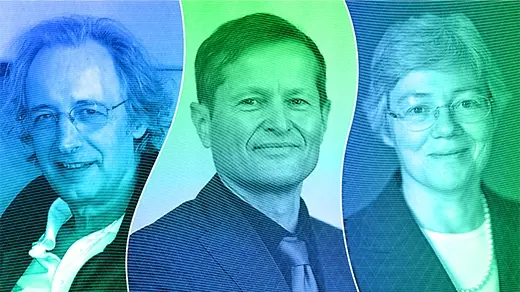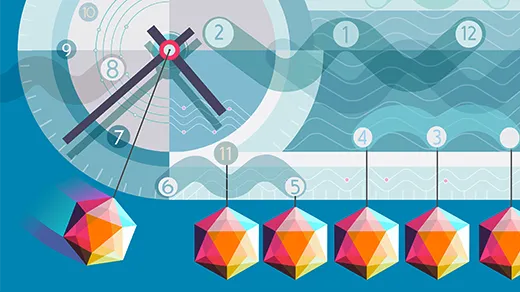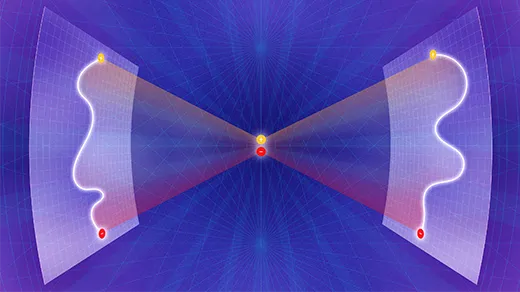What's up in
Condensed matter physics
Latest Articles
Will Better Superconductors Transform the World?
Scientists are pursuing materials that can conduct electricity with perfect efficiency under ambient conditions. In this episode, the physicist Siddharth Shanker Saxena tells co-host Janna Levin about what makes this hunt so difficult and consequential.
A Quantum Trick Implied Eternal Stability. Now the Idea May Be Falling Apart.
A series of advances seemed to promise the impossible: the existence of quantum states that would never, ever fall into disarray. But physicists are now discovering that the pull of disorder may not be so easily overcome.
New Kind of Magnetism Spotted in an Engineered Material
In an atomically thin stack of semiconductors, a mechanism unseen in any natural substance causes electrons’ spins to align.
The Year in Physics
From the smallest scales to the largest, the physical world provided no shortage of surprises this year.
Meet Strange Metals: Where Electricity May Flow Without Electrons
For 50 years, physicists have understood current as a flow of charged particles. But a new experiment has found that in at least one strange material, this understanding falls apart.
Invisible ‘Demon’ Discovered in Odd Superconductor
Physicists have long suspected that hunks of metal could vibrate in a peculiar way that would be all but invisible. Now physicists have spotted these “demon modes.”
Physicists Who Explored Tiny Glimpses of Time Win Nobel Prize
The development of attosecond pulses of light allowed researchers to explore the frame-by-frame movement of electrons.
Is Perpetual Motion Possible at the Quantum Level?
A new phase of matter called a “time crystal” plays with our expectations of thermodynamics. The physicist Vedika Khemani talks with Steven Strogatz about its surprising quantum behavior.
A New Kind of Symmetry Shakes Up Physics
So-called “higher symmetries” are illuminating everything from particle decays to the behavior of complex quantum systems.
